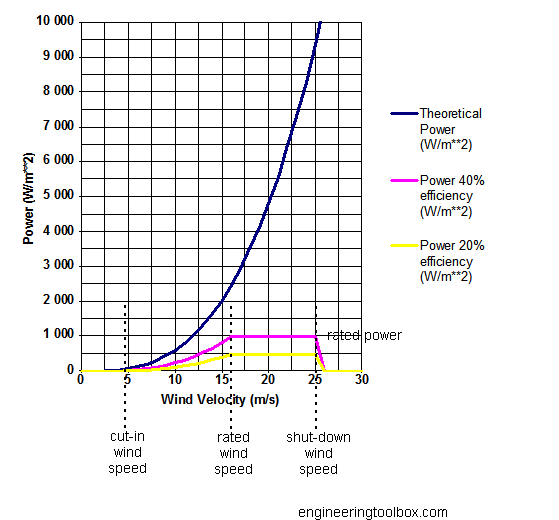- Joined
- Mar 15, 2022
- Messages
- 365
- Cars
- AGT, Genesis GV80
I recently had my car in for service and I asked about my battery and range during these cold winter months. Here is what Lucid had to say:
Attributes or variables that can decrease driving range:
Suggested settings to optimize driving efficiency:
Attributes or variables that can decrease driving range:
- Driving at constant high speeds (>70mph)
- Driving at varying speeds (using cruise control is more efficient)
- Driving with headwind (aero drag increases with speed cubed)
- Driving up and down grades that cause switching between motoring and regenning
- Driving “enthusiastically“ with aggressive acceleration and deceleration
- Using HVAC heating excessively can affect efficiency significantly. It’s more efficient to use seat and steering wheel heating.
- Running cabin AC in manual mode, rather than auto (controls are balanced and optimized in Auto)
- Running cabin AC outside mild conditions (roughly: <10C and >35C or 50F and 95F) (we have made changes that make the AC operate more efficient between 10C and 35C)
- Running cabin AC with setpoint outside normal range (<15C and >25C)
- Using the brake pedal to slow the car instead of using regen. (All energy from the moving car is lost.)
- Driving with Swift or Sprint modes that are not optimized for maximum efficiency. Smooth mode is optimized for maximum efficiency.
- Driving a fully loaded car (more mass means more torque to accelerate and more mass requires more energy to move car up hill)
- Driving up a mountain (e.g. elevation changes of Bay Area to Tahoe)
- Driving twisty roads with loads of steering input (rolling resistance is higher with steer angles)
- Driving with low tire pressures (more rolling resistance)
- Driving the car in a warm, humid environment, as opposed to warm, dry environment (it takes a lot of cooling energy to condensate water vapor in the air).
- Efficiency of the vehicle is suboptimal at the early life of new vehicle. Particularly, optimal efficiency requires approximately 2000 miles of driving to allow the tires and drive units to break-in.
Suggested settings to optimize driving efficiency:
- Use ‘Smooth’ mode in the Drive menu
- Use ‘Hold’ mode in the Settings/Vehicle menu
- Use ‘High Regen’ in the Settings/Vehicle menu (especially for those not used to single pedal driving)
- Use ‘Auto’ and ‘Sync’ in the HVAC menu, combined with a 72°F set temperature
- For road-trips use cruise control as much as possible
- Use heated and ventilated seat options

